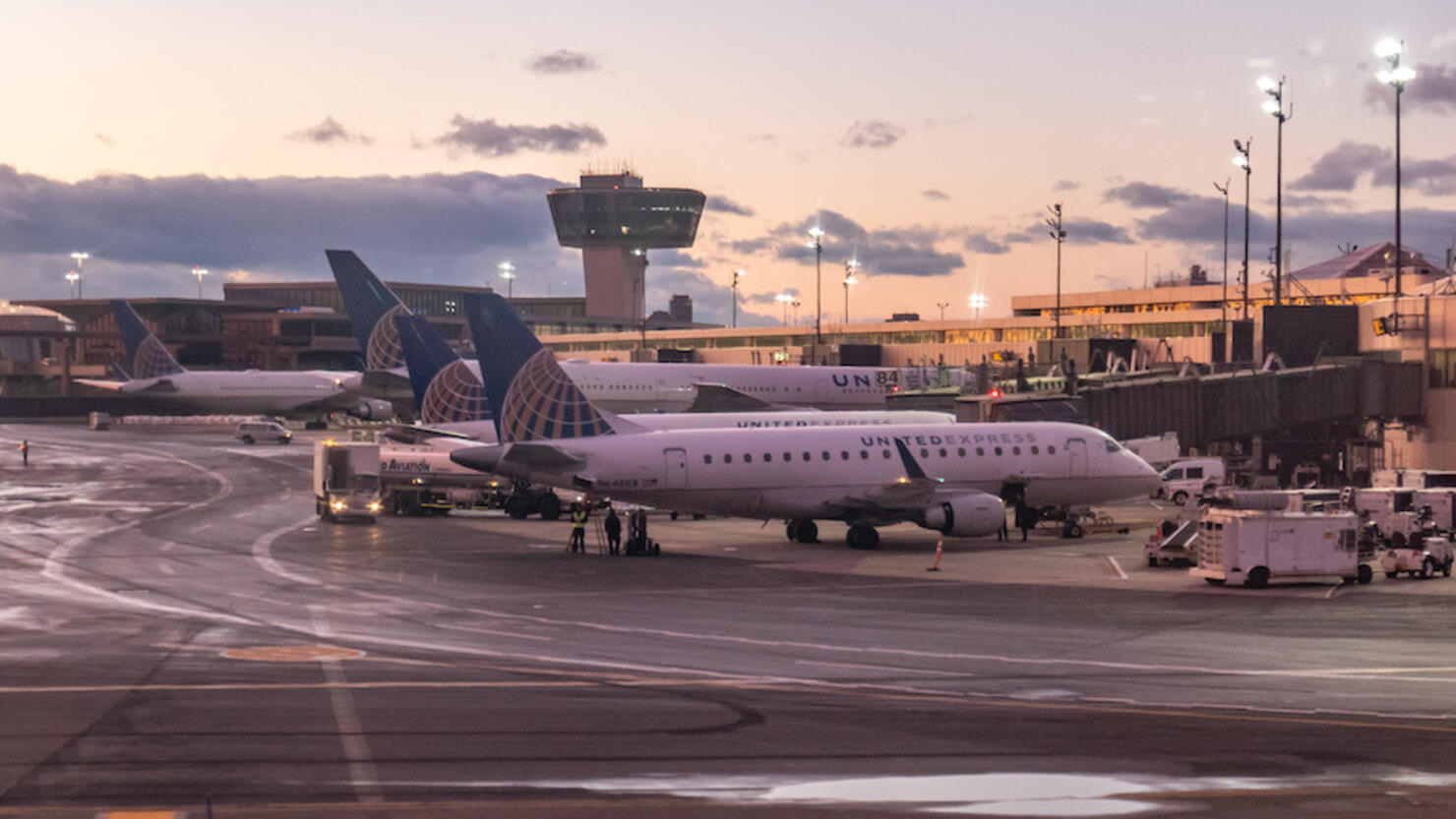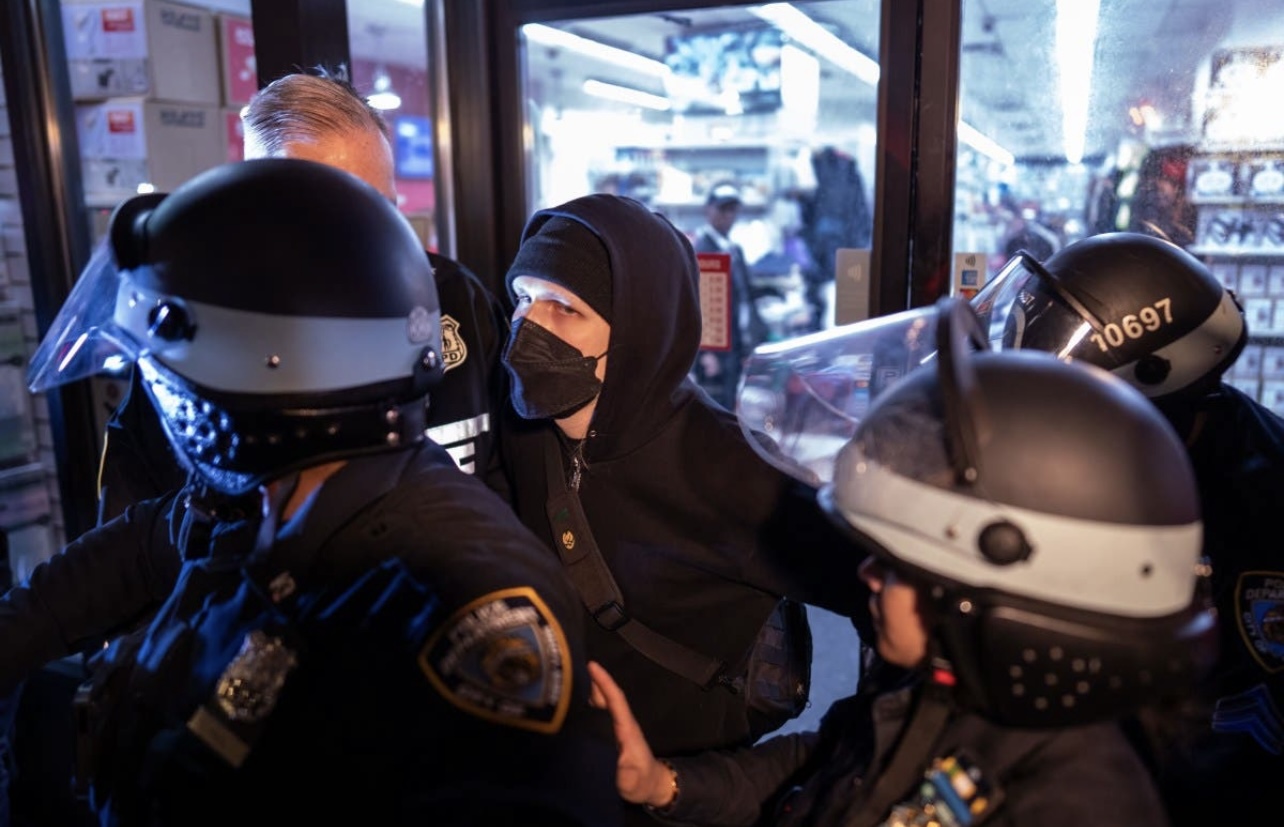The U.S. government’s ongoing shutdown has taken a dramatic turn as Transportation Secretary Sean Duffy announced that starting Friday, flight operations across the country will be reduced by about ten percent at roughly forty of America’s busiest airports. The decision, which comes amid growing safety concerns, is intended to relieve pressure on overworked and unpaid air traffic controllers as the shutdown drags into its fifth week. Both the Department of Transportation (DOT) and the Federal Aviation Administration (FAA) have cited alarming levels of fatigue and absenteeism among controllers and other critical staff, warning that safety could soon be compromised if immediate action is not taken.
According to officials, the reductions will begin gradually and intensify over the coming week, potentially resulting in thousands of flight cancellations and schedule disruptions at major airports including New York’s JFK, Chicago O’Hare, Atlanta Hartsfield-Jackson, Los Angeles International, and Dallas-Fort Worth. Transportation Secretary Duffy described the move as a “preventive safety measure” rather than a punitive response, emphasizing that the government’s priority is maintaining the safety of the national airspace system even amid political gridlock in Washington. FAA Administrator Bryan Bedford noted that while the goal is to minimize disruption, the cuts are necessary to avoid forcing exhausted workers into unsafe conditions.
Airlines have been caught scrambling to adapt to the short notice. Major carriers like American, United, Delta, and Southwest have already begun trimming their schedules, focusing on preserving long-haul and hub-to-hub flights while reducing service on regional and short-haul routes. Industry analysts estimate that as many as 1,800 flights and nearly 270,000 seats could be removed from the system if the ten percent cut is fully implemented. The reduction is likely to hit travelers hard, especially with the busy holiday travel period approaching, potentially creating cascading delays and congestion across the entire network.
The shutdown, which began on October 1 after Congress failed to pass a stopgap funding bill, has left more than 13,000 air traffic controllers and 50,000 TSA officers working without pay. Reports indicate that absentee rates have surged, with some facilities seeing between 20 and 40 percent of controllers missing work. In one New York-area facility, absenteeism reportedly reached 80 percent last weekend. The FAA has been operating under severe strain, and the agency’s longstanding staffing shortage—already around 3,500 controllers below target levels—has been worsened by the crisis. Secretary Duffy warned earlier this week that if conditions deteriorate further, the government may have no choice but to close parts of U.S. airspace entirely.
Airlines and travel industry groups have expressed deep concern over the timing and potential impact of the move. The trade association Airlines for America said the order would create significant economic and logistical challenges, calling on Congress to act immediately to reopen the government. Travel experts have urged passengers to check directly with their airlines for updates, as flight cancellations and rescheduling are expected to rise through the weekend. Carriers are preparing refund and rebooking options for affected travelers but admit that customer service lines are likely to be overwhelmed once the cuts take effect.
Politically, the development raises the stakes in Washington. With aviation—one of the country’s most vital sectors—now being visibly affected, pressure is mounting on lawmakers to reach a budget agreement. The shutdown’s ripple effects have spread from federal employees’ paychecks to the national transportation network, threatening to slow the economy and undermine public confidence. Secretary Duffy’s announcement, coming just days after warning that the airspace could face partial closures, underscores the growing urgency of the situation.
If Congress remains at an impasse, further reductions could follow in the coming weeks, with deeper flight cuts and tighter restrictions on air traffic likely. For now, the ten percent reduction across forty key airports represents an unprecedented step by the federal government to protect safety during one of the longest shutdowns in U.S. history, illustrating the real-world consequences of political deadlock.



